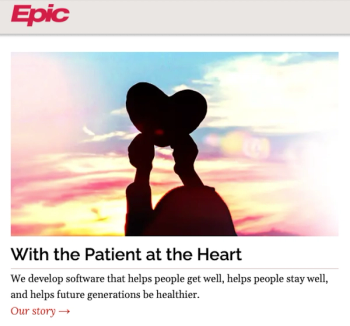
Addressing healthcare’s crippling crisis of medical debt
We must make changes to alleviate medical debt for patients and lower overall costs across the healthcare ecosystem.
Navigating the U.S healthcare system is incredibly challenging for patients, and with the
Patients who need and receive unexpected medical care due to an emergency often face crippling bills when they return from the inpatient hospital stays. Imagine, a person falls during a hike and has a compound leg fracture. After calling 911, they’re rushed to an emergency room in an air ambulance for treatment. Although unknown to them at the time, the hospital they’re being brought to does not accept their insurance, and even if it did, the insurance does not cover air ambulance transport,
To alleviate medical debt for patients and lower overall costs across the healthcare ecosystem, there needs to be significant advances.
New Legislation to Restrict Surprise Medical Bills
Although the state of U.S. medical debt remains bleak, there are new policies in place that have a goal of ending surprise billing for patients.
- Out-of-network emergency services
- Out-of-network nonemergency services at in-network facilities
- Out-of-network air ambulance services
Although the legislation has huge potential to benefit patients and protect them from large medical bills, there are significant implications for payers and providers as they race to comply by the 2022 deadlines. Healthcare payers, for example, will need to move quickly to establish appropriate processes for reimbursement, settlement, and independent dispute resolution, as well as implement numerous notices for patients. To manage this lift and meet requirements, health plans will need to re-evaluate their internal workflows and invest in updated technology to provide better and more cost-efficient care.
In addition to protection from unexpected medical payments, the NSA includes transparency requirements that will provide an advanced explanation of benefits with out-of-pocket cost estimates to patients before a scheduled appointment. As a result, patients know in advance what their service will cost and can evaluate whether the cost is within their budget before they step foot in their doctor’s office – no surprises in sight.
Technology to Improve Medical Payments Processes and Debt Crisis
Healthcare claims processing continues to lag bill processing and payments in other industries when it comes to technology. Many providers and payers still use archaic,
As an example, hundreds of billions in physical check payments still flow between healthcare payers and providers today. Not only do paper check payments contribute to unnecessary operational costs to the healthcare system, but they also create inefficiencies that slow down communication among all stakeholders, including patients, providers, and payers.
After healthcare is provided, patients generally receive a series of cryptic paper explanations of benefits and bills through the mail, often from multiple providers who may have been involved in providing a service. The language and codes on these bills are generally not understood by the average consumer, and payments may only be sent by mail or phone.Patients often must follow up with phone calls or letters to both providers and payers, resulting in a lengthy experience full of friction for patients, providers, and payers alike, while debt can continue to accumulate unnecessarily.
There’s no doubt the current healthcare system needs to change to provide patients with the care they need without crippling financial consequences. With medical debt higher than ever before, now is the time to embrace policy changes, such as the No Surprises Act, to address the longstanding issues of surprise billing. Coupled with digital innovation and providing more modern consumer experiences such as paperless payments, organizations can take the necessary first steps to creating a simpler and more affordable healthcare system for all.
Newsletter
Stay informed and empowered with Medical Economics enewsletter, delivering expert insights, financial strategies, practice management tips and technology trends — tailored for today’s physicians.














